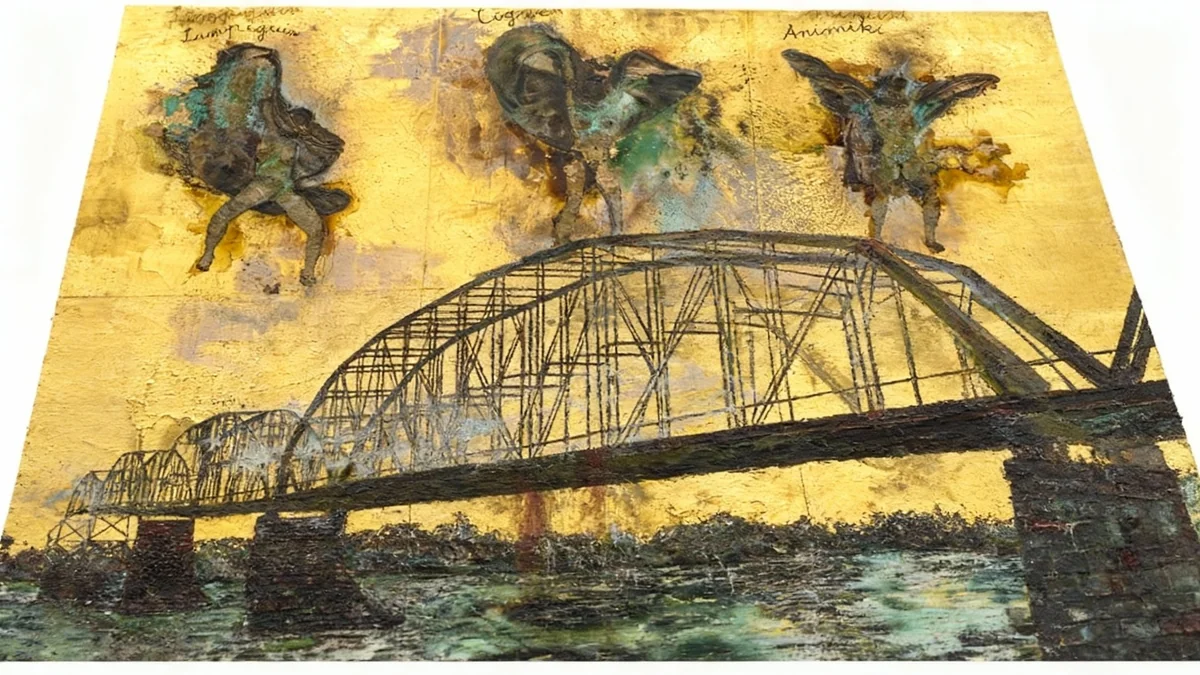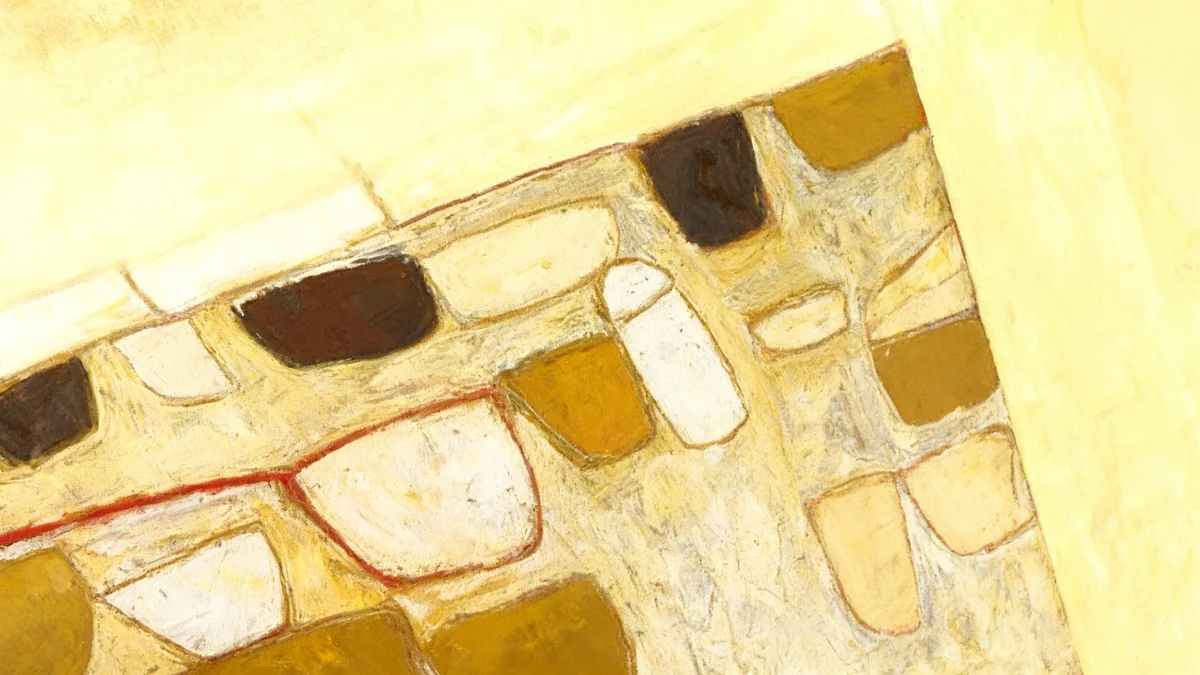The St. Louis Art Museum now features monumental works by German artist Anselm Kiefer, with several paintings reaching 30 feet in height. This new exhibition, titled “Becoming the Sea,” marks the first American survey of Kiefer’s work in two decades and offers visitors an immersive experience into his unique artistic vision.
Key Takeaways
- Anselm Kiefer’s “Becoming the Sea” exhibit is now open at the St. Louis Art Museum.
- The exhibition features several 30-foot-tall paintings, some inspired by the Mississippi River.
- This is the first American survey of Kiefer’s work in 20 years.
- Kiefer intentionally subjects his art to damage, viewing ruins as a new beginning.
- Museum Director Min Jung Kim curated the exhibit, drawing on Kiefer's decades-long connection with St. Louis.
Monumental Scale and Artistic Vision
Anselm Kiefer is known for his large-scale paintings. These works often combine different textures and sculptural elements to create vast, abstract landscapes. The sheer size of the pieces immediately commands attention from museum visitors.
The entrance hall of the St. Louis Art Museum now displays five of these massive paintings. Their scale is central to their impact, drawing viewers into complex worlds of history, memory, and destruction.
Exhibit Facts
- Height: Many paintings stand 30 feet tall.
- Inspiration: The Mississippi and Rhine rivers influenced several pieces.
- Origin: German-born artist Anselm Kiefer.
- Significance: First U.S. survey of his work in two decades.
The Mississippi River Connection
Director Min Jung Kim, who curated “Becoming the Sea,” explained that Kiefer drew inspiration from his travels. He considered both the Mississippi and Rhine rivers when creating the pieces for this exhibit.
Kiefer visited St. Louis in 1991. This trip left a lasting impression, particularly the powerful presence of the Mississippi River. Kim noted that Kiefer held vivid memories of the river’s force, scale, and vitality, which are evident in his monumental works.
“He was thinking about this experience, this memory of traveling the Mississippi River in 1991. Even though it was more than 30 years ago, he had these vivid memories of the Mississippi [and] its sheer force, its scale, its vitality — much of which is captured in these monumental paintings,” Kim stated.
One notable painting, "Lumpeguin, Cigwe, Animiki" from 2024, prominently features the now-demolished Old Clark Bridge. This inclusion highlights Kiefer's interest in industrial landscapes and structures that connect with natural elements.
Kiefer's Career Overview
Anselm Kiefer's career spans 60 years. His work often explores themes of history, memory, war, and mythology. He frequently incorporates materials like lead, ash, clay, and straw into his paintings, adding a raw, textural quality to his canvases. His art is known for its profound emotional depth and intellectual complexity.
Destruction as a Creative Force
Kiefer’s artistic process is unconventional. He often subjects his artworks to intentional damage and decay. This approach is central to his philosophy, where destruction is seen not as an end, but as a beginning.
Speaking in July to the BBC podcast “This Cultural Life,” Kiefer described his method. He explained how he exposes his works to various elements and even uses fire.
“For me, ruins are the beginning of something new,” Kiefer said. “I destroy my paintings all the time. I put them out in the weather. I put them in the snow. I burn them. … I do all kinds of things to ruin them. And then they get up again. Resurrection.”
This deliberate process of creation through destruction adds layers of meaning to his art. It suggests a cyclical nature of existence and the potential for renewal even after immense loss. The surfaces of his paintings often bear the marks of this process, showing cracks, scorch marks, and embedded objects.
Decades-Long Connection to St. Louis
The connection between Anselm Kiefer and the St. Louis Art Museum has evolved over decades. Min Jung Kim highlighted this long-standing relationship as a key factor in bringing “Becoming the Sea” to the city.
The museum’s commitment to presenting significant contemporary art is evident in hosting such a major exhibition. It provides a rare opportunity for American audiences to engage deeply with Kiefer’s recent monumental works.
The exhibition offers insight into Kiefer’s creative journey. It showcases how his memories and experiences, including those from his 1991 visit to St. Louis, continue to shape his artistic output. This personal connection makes the exhibit particularly resonant for local visitors.
Engaging with the Art
Visitors to “Becoming the Sea” will find themselves surrounded by powerful imagery. The scale alone is impressive, but the intricate details and varied textures invite closer inspection. Each painting tells a story, often drawing on historical and mythological references.
The use of unconventional materials like lead and straw gives the paintings a tactile quality. This adds another dimension to the visual experience, encouraging viewers to consider the physical presence of the artwork.
The exhibition challenges viewers to contemplate themes of ruin, renewal, and the enduring power of nature and human history. It is a thought-provoking journey through the mind of a master artist.
- The exhibition opened last month.
- It features works inspired by global river systems.
- Kiefer’s techniques include intentional damage and decay.
- The St. Louis Art Museum is the host institution.
The St. Louis Art Museum's decision to host this significant exhibition underscores its role as a leading cultural institution. It brings world-class art to the region, fostering appreciation for challenging and impactful contemporary works.
For those interested in understanding the depth of Kiefer's work and the curation process, the full conversation with St. Louis Art Museum Director Min Jung Kim is available. This discussion provides further insight into the artist's motivations and the exhibit's development.




